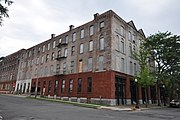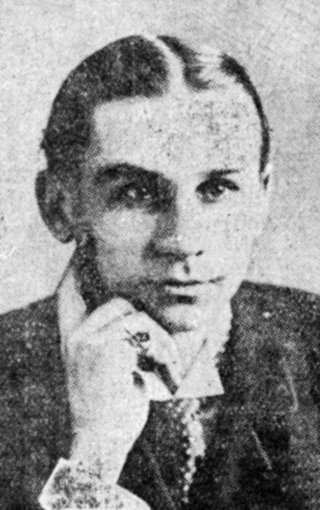
Richard Clipston Sturgis, generally known as R. Clipston Sturgis, was an American architect based in Boston, Massachusetts.

Charles Henry Owsley (1846–1935) was an English-born American architect in practice in Youngstown, Ohio from 1872 until 1912.

Hurd & Fitzgerald Building, also known as the Hurd Sales Company, is a historic factory building located at Utica in Oneida County, New York. It was built in 1911 and is a five-story, rectangular brick building built for a shoe and rubber goods manufacturer.

The John C. Hieber Building is a historic commercial building located at Utica in Oneida County, New York.

Frank L. Packard was a prominent architect in Ohio. Many of his works were under the firm Yost & Packard, a company co-owned by Joseph W. Yost.

Robert W. Gibson, AIA, was an English-born American ecclesiastical architect active in late-nineteenth- and early-twentieth-century New York state. He designed several large Manhattan churches and a number of prominent residences and institutional buildings.

Proudfoot & Bird was an American architectural firm that designed many buildings throughout the Midwest region of the United States. Originally established in 1882, it remains active through its several successors, and since 2017 has been known as BBS Architects | Engineers.
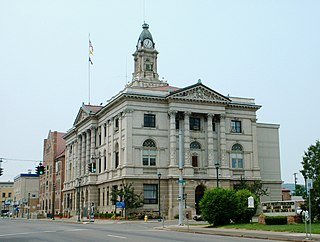
Pierce & Bickford was an American architectural firm active in Elmira, New York from 1891 to 1932. It was formed as the partnership of architects of Joseph H. Pierce (1855-1932) and Hiram H. Bickford (1864-1929), with later partner Robert T. Bickford (1894-1988).

Edmond J. Eckel was an architect in practice in St. Joseph, Missouri, from 1872 until his death in 1934. In 1880 he was the founder of Eckel & Mann, later Eckel & Aldrich and Brunner & Brunner, which was the oldest architectural firm in Missouri prior to its eventual dissolution in 1999.
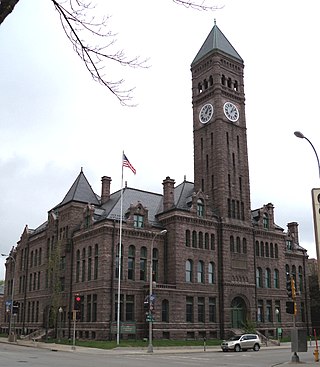
Wallace L. Dow (1844-1911), often known as W. L. Dow, was an architect of Sioux Falls, South Dakota. He has been referred to as the "Builder on the Prairie" and was "considered the premier architect of South Dakota in the late 19th century."

John Welch (1825-1894) was a Scottish-born American architect of Brooklyn, New York, who designed numerous churches. He was one of the founders of American Institute of Architects.

Alpheus C. Morse (1818-1893) was an American architect with offices in Providence, Rhode Island.

Albert W. Fuller (1854-1934) was an American architect practicing in Albany, New York.

George W. Longstaff (1850-1901) was an American architect practicing in Bridgeport, Connecticut.

William M. Butterfield (1860–1932) was an American architect from New Hampshire.

Wesley Lyng Minor (1851–1935) was an American architect in Massachusetts.
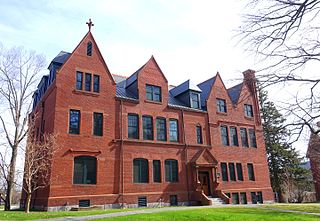
William C. Brocklesby (1847-1910) was an American architect practicing in Hartford, Connecticut.
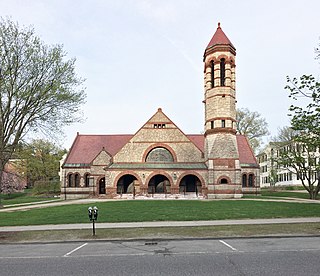
John Lyman Faxon (1851-1918) was an American architect practicing in Boston, Massachusetts, during the late nineteenth and early twentieth centuries. Three of his buildings, the First Baptist Church of Newton (1888), the First Congregational Church of Detroit (1889–91) and the former East Boston High School (1898-1901), have been listed on the United States National Register of Historic Places.

H. Edwards Ficken (1852-1929) was an English American architect in practice in New York City.

Truman I. Lacey (1834–1914) was an American architect in practice in Binghamton, New York from 1872 until 1914.

